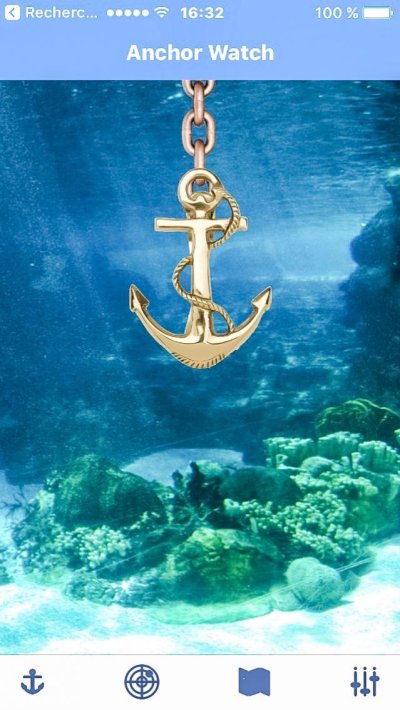Nomad Willy
Guru
Ghost,
Even ghosts appear at times. Good.
Unknowns and more variables keep coming up.
How much was the bow bobbing up and down?
Was the boat sailing badly w/o a bridal?
Was the boat windage excessive? Sounds like the boat was a sundeck and frequently they are very high up and with oxygen tent. And in the southern waters frequently these boats are cover w kayaks and other fun in the sun toys. Windage could have been huge. And speaking of windage it was called out by the OP as a gale. There's a big difference between a little gale and a big gale.
Plug in a few variables on the negative side and the 45lb anchor would definitely be too small.
SoWhat wrote;
"Sometimes you get the bear, sometimes the bear gets you."
Didn't think much about it at first but perhaps SoWhat was talking about these variables. I hope he was because it certainly does.
Yup there are times when the anchor is too small.
Ghost I lay down the rode about the same way.
Even ghosts appear at times. Good.
Unknowns and more variables keep coming up.
How much was the bow bobbing up and down?
Was the boat sailing badly w/o a bridal?
Was the boat windage excessive? Sounds like the boat was a sundeck and frequently they are very high up and with oxygen tent. And in the southern waters frequently these boats are cover w kayaks and other fun in the sun toys. Windage could have been huge. And speaking of windage it was called out by the OP as a gale. There's a big difference between a little gale and a big gale.
Plug in a few variables on the negative side and the 45lb anchor would definitely be too small.
SoWhat wrote;
"Sometimes you get the bear, sometimes the bear gets you."
Didn't think much about it at first but perhaps SoWhat was talking about these variables. I hope he was because it certainly does.
Yup there are times when the anchor is too small.
Ghost I lay down the rode about the same way.

 In this part of Mexico, if you go ashore in a hard grounding that damages your running gear, your boat is basically gone. There is no vessel assist or anything like that to bail you out or tow you into port. If you leave your vessel unoccupied to seek help, it will probably be stripped while you are gone.
In this part of Mexico, if you go ashore in a hard grounding that damages your running gear, your boat is basically gone. There is no vessel assist or anything like that to bail you out or tow you into port. If you leave your vessel unoccupied to seek help, it will probably be stripped while you are gone.
 I was very lucky that there were no boats downwind of me that I might have dragged into.
I was very lucky that there were no boats downwind of me that I might have dragged into.